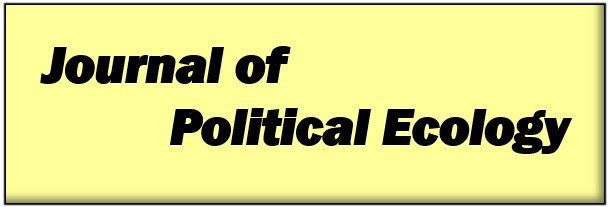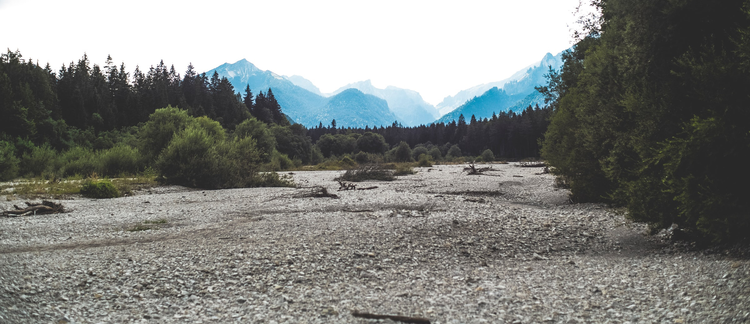Abstract
The Tana Delta, on the east coast of Kenya near Somalia, comprises riverine mangrove forests, wetlands and rangelands and is home to a range of indigenous pastoralist, farmer and fisher communities, whose traditional multi-user livelihood strategies have helped preserve exceptional local biodiversity. This study assesses conflicts over biomass through an analysis of Human Appropriation of Net Primary Production (HANPP), an indicator used by system ecologists that quantifies human-induced changes on the productivity and harvest of biomass flows. HANPP is calculated by seeing how much of the net primary production (NPP) of biomass flows created through solar energy are appropriated by human activity, and how much is left in the ecosystems for other species. In this article we introduce calculations of the HANPP in political ecology by studying not only the distribution of biomass between humans and non-humans but also (and this is the main point) between different groups or social classes of humans. We also ask what alliances are being made to protect biodiversity and keep livelihoods intact. In a sugar cane plantation economy, biomass production and the proportion appropriated by humans may increase, the Orma pastoralists and the Pokomo farmers would be dispossessed, less biomass would be available for local 'wild' biodiversity, and a much larger proportion of the NPP would be exported as sugar or ethanol.
Keywords: Human appropriation of biomass, bioeconomy, biodiversity, property rights, pastoralists, sugar cane, wetlands
How to Cite:
Temper, L., (2016) “Who gets the HANPP (Human Appropriation of Net Primary Production)? Biomass distribution and the bio-economy in the Tana Delta, Kenya”, Journal of Political Ecology 23(1), 410-433. doi: https://doi.org/10.2458/v23i1.20243
Downloads:
Download PDF
View PDF
2371 Views
757 Downloads

